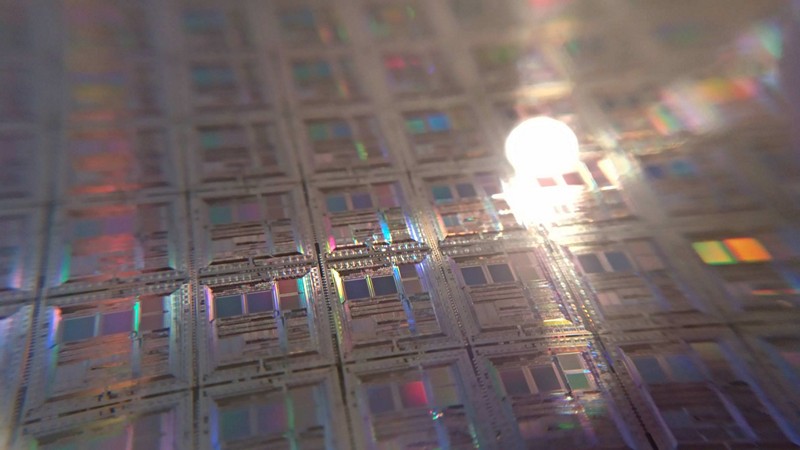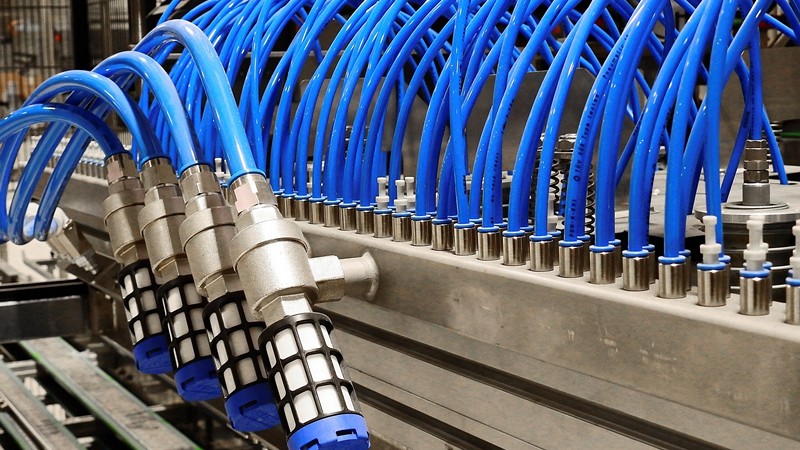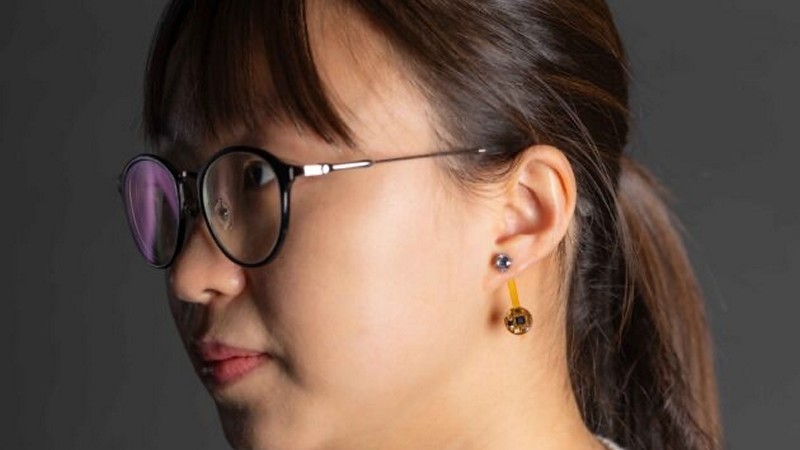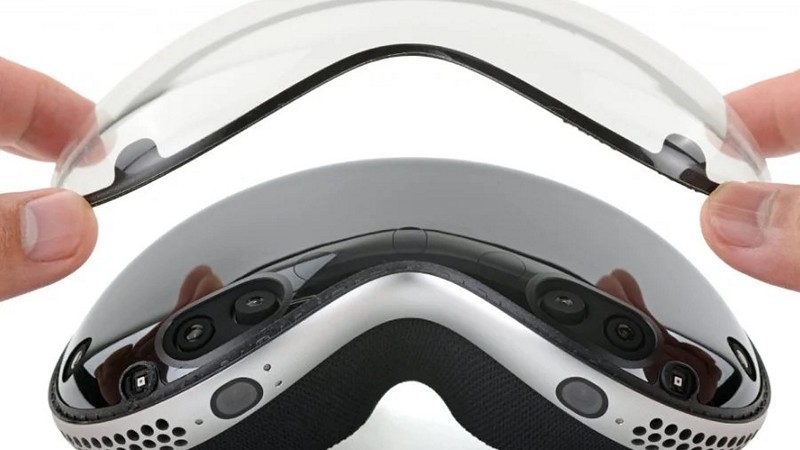
In a landmark decision that could potentially reshape the global landscape of artificial intelligence regulation, European Union member states have unanimously approved new laws governing the safety and use of AI. This approval, following two years of negotiations and amidst lobbying efforts from tech giants like Google, Meta, and Amazon, marks a significant milestone in the EU’s efforts to establish comprehensive regulations for AI technologies. What are the key provisions of the newly approved AI laws in the EU, how do they differ from existing regulations governing AI, and what measures has the EU outlined to support AI startups and foster innovation in the AI ecosystem?
Top Stories This Week
- EU Member States Vote Unanimously To Approve AI Act
- Autonomous Ag Robotics Company Raises $11.5M, Eyes U.S. Expansion
- Southampton Given Millions To Drive UK’s Semiconductor Plans
- Startup Secures Funds For Wearable Drug-Free Neurotech, Alters Behavior
- China: Top Semiconductor Fabrication Plant To Begin Producing 5-nm Chips
- Gan’s Barrier To Semiconductor Supremacy: The P-Type Problem
- Revolutionizing Technology: The Rise Of Electronics-Free, Air-Powered Units With Multifunctional Applications
- IBM Researchers Uncover AI Voice Hijacking Vulnerability In Phone Calls
- Wearable Devices Introduces New Revolutionary “Spatial Depth” Control In Latest Air Mouse Innovation
- New Jewel In Wearable Tech: UW Researchers Create Smart Earring To Monitor Body Temperature
- Apple Vision Pro Teardown Reveals Complex Design, Difficult Repairs
Hardware Business News
Autonomous Ag Robotics Company Raises $11.5M, Eyes U.S. Expansion

Saga Robotics, a Norwegian company specializing in autonomous agricultural robotics, recently announced a significant milestone in its growth journey. Through an equity transaction, the company secured $11.5 million in growth capital, attracting new shareholders including Songa Investments and MP Pensjon. How does Saga Robotics’ autonomous platform contribute to efficiency and sustainability in agriculture, particularly in reducing the need for spraying and greenhouse gas emissions, what specific features of Saga Robotics’ next-generation autonomous solution, Thorvald 3, differentiate it from previous iterations, and how does it address key challenges faced by farmers, such as combating powdery mildew in strawberry fields?
Southampton Given Millions To Drive UK’s Semiconductor Plans

Southampton has emerged as a pivotal player in the future of semiconductor technology following a substantial investment of millions of pounds. The UK government’s announcement of plans to establish two innovation and knowledge centres marks a significant milestone in boosting the country’s research and production capabilities in microchip technology. How will the establishment of the CORNERSTONE centre at Southampton contribute to the UK’s semiconductor industry, what specific objectives and goals does the national semiconductor strategy aim to achieve over the next 20 years, and how do initiatives like CORNERSTONE align with these objectives?
Startup Secures Funds For Wearable Drug-Free Neurotech, Alters Behavior

In a groundbreaking announcement today, a team comprising leading scientists and entrepreneurs has introduced Elemind, a trailblazing neurotechnology platform poised to redefine health enhancement. This platform, which emerged from stealth mode, has secured a remarkable $12 million seed funding round led by prominent investors, signaling considerable confidence in its potential. How does Elemind’s wearable neurotechnology utilize algorithms and artificial intelligence to stimulate brainwaves, what distinguishes its approach from traditional pharmaceutical interventions, and what implications does this have for its accessibility and adoption among consumers seeking personalized health enhancement solutions?
China: Top Semiconductor Fabrication Plant To Begin Producing 5-nm Chips

In the midst of the escalating technological rivalry between the United States and China, a veteran Silicon Valley software executive embarked on a venture to launch SEIDA, a startup in China aiming to revolutionize the microchip industry. SEIDA’s ambitious mission revolves around providing access to highly specialized microchip design software, particularly the coveted Optical Proximity Correction (OPC) tool, crucial for the development of advanced chips. What are the key motivations driving SEIDA’s efforts to provide access to OPC technology, how does its mission align with China’s broader objectives in achieving technological autonomy in the microchip sector, and despite U.S. export controls and restrictions on technology transfer, how has SEIDA managed to secure investments from prominent Chinese backers, including SMIC’s investment arm?
Hardware Engineering News
Gan’s Barrier To Semiconductor Supremacy: The P-Type Problem

Gallium Nitride stands at the forefront of semiconductor innovation, promising unparalleled efficiency and performance in power and RF applications. However, the absence of P-type GaN devices poses a significant challenge, hindering its widespread adoption and full realization of its potential. As the world explores new horizons in semiconductor technology, understanding the significance of GaN and the critical need for P-type devices is paramount. What attributes make Gallium Nitride (GaN) a promising candidate for future semiconductor materials, how does its potential compare to traditional silicon, and why does the lack of P-type GaN devices pose a major obstacle to GaN’s widespread adoption in electronic components and systems, particularly in terms of energy efficiency and performance?
Revolutionizing Technology: The Rise Of Electronics-Free, Air-Powered Units With Multifunctional Applications

In our ever-evolving technological landscape, where innovation is the norm, a remarkable breakthrough is taking center stage in the domain of soft robotics. At the forefront of this paradigm shift are electronics-free, air-powered units, heralding a new era of resilience and adaptability in robotics and beyond. These groundbreaking units, meticulously crafted through a fusion of cutting-edge engineering and pioneering research, represent a significant leap forward in the quest for durable and versatile technology solutions. What are the key features of the electronics-free, air-powered units in terms of durability, resilience, and versatility, how do these attributes enable their multifunctional applications, and how are 3D printable pneumatic logic gates utilized in the construction of these units?
IBM Researchers Uncover AI Voice Hijacking Vulnerability In Phone Calls

Recently, IBM researchers have uncovered a concerning development that could reshape voice communications security. Termed “audio-jacking,” this threat exploits generative AI tools to infiltrate live voice calls, posing risks to financial institutions and others relying on phone conversations for sensitive information exchange. How does “audio-jacking” leverage generative AI tools to compromise voice communications security, what are the potential ramifications for financial institutions and other organizations, and whsat steps can individuals and entities take to safeguard against “audio-jacking” attacks, considering the vulnerabilities highlighted in IBM’s research?
Hardware R&D News
Wearable Devices Introduces New Revolutionary “Spatial Depth” Control In Latest Air Mouse Innovation

Wearable Devices Ltd., a pioneer in AI-powered touchless sensing wearables, has introduced a game-changing innovation called Air-Touch. This revolutionary functionality, showcased at CES 2024, amplifies user interactions by integrating depth navigation into the company’s Mudra Band, setting a new standard for spatial computing experiences. How does the Air-Touch feature enhance user interactions in spatial computing, what potential applications does it unlock for industries beyond gaming, and in what ways does the introduction of Air-Touch reflect Wearable Devices’ strategic vision for setting new standards in extended reality experiences?
New Jewel In Wearable Tech: UW Researchers Create Smart Earring To Monitor Body Temperature

The University of Washington researchers have unveiled the Thermal Earring, a pioneering smart earring prototype poised to transform the landscape of personal health monitoring. This wireless wearable introduces a novel method for monitoring earlobe temperature with exceptional precision, surpassing traditional smartwatches in accuracy during periods of rest. How will the introduction of the Thermal Earring impact user engagement and adherence to health tracking routines, what potential applications could arise from continuous earlobe temperature monitoring using devices like the Thermal Earring, and how might the integration of fashion and technology in wearables like the Thermal Earring shape the future of personal health monitoring devices?
Open-Source Hardware News
Apple Vision Pro Teardown Reveals Complex Design, Difficult Repairs

Apple’s latest venture into augmented reality, the Vision Pro mixed-reality headset, has already piqued the curiosity of tech enthusiasts and repair specialists alike. Within just two days of its release, repair experts at iFixit have conducted a teardown, offering a detailed look into the inner workings of this highly anticipated device. What specific challenges did iFixit encounter while disassembling the Vision Pro, and how did they overcome them, how do the internal components of the Vision Pro contribute to its advanced augmented reality capabilities, and what implications does the complexity of the Vision Pro’s design have for users seeking repairs or maintenance?

